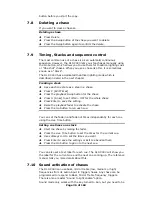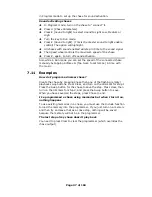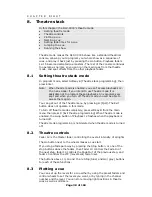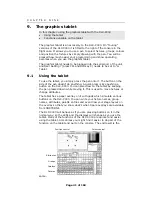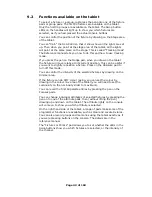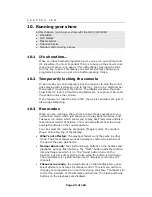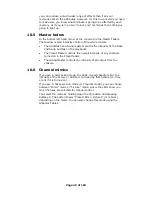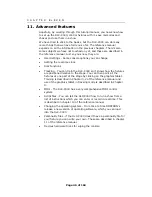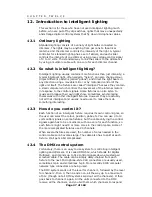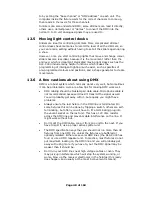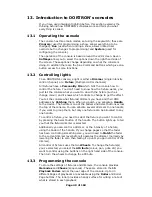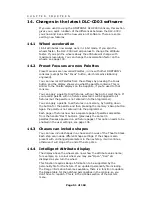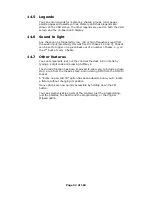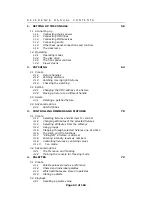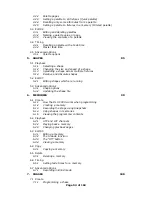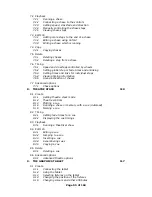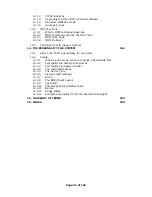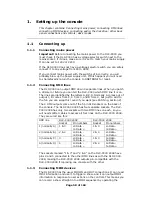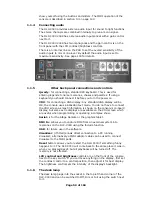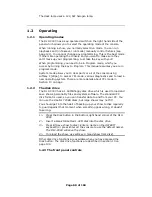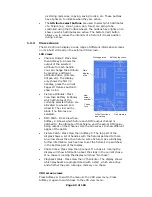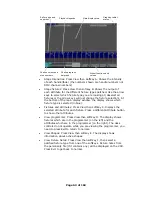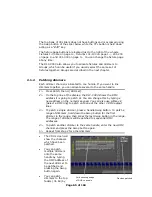
Page 50 of 163
When you save a memory or chase, the console only saves settings you
have changed using the wheels (it does not save the current output
state). Whenever you change a fixture using the wheels and attribute
buttons, your changes are stored in a special memory called the
Programmer. The console allows you to save just the changed
attributes (Record by Channel), or if you change one attribute of a
fixture it can save all other attributes of that fixture as well (Record by
Fixture). Record by Channel mode is often called “Tracking” on other
consoles; in this mode, fixture attributes remain in their last state
unless you specifically change them.
The programmer records all changes in the console until you press the
Clear button. You should press the Clear button before setting up the
lighting for a memory, otherwise there may be all sorts of changes you
don’t want in the programmer, which would end up in your memory.
You can reload information from memories and chases into the
programmer, if you want to save them in another memory, using the
Include function. This function allows you to reload the whole memory,
or only certain fixtures from the memory, or only certain attributes of
certain fixtures.
When you play back a memory or chase, the console sets the fixtures
to their programmed positions as soon as the fader rises above zero.
The intensity of the fixtures, and any dimmers, rises with the fader. The
intensity channels are called HTP (highest takes precedence) channels,
because if the channel is turned on in more than one memory, the
highest level will be output. The movement channels are called LTP
(latest takes precedence) channels, because if the channel is turned on
in more than one memory, the most recent change will be output.
You can program the LTP/movement channels to fade with the fader if
you want to.
DORTRON’s consoles have a Shape Generator (sometimes called an
effects generator on other consoles). This automatically changes
attributes in a preprogrammed pattern. Fixtures can be made to move
their light beams around in a circle, or to fade colours, or move in and
out of focus. When a shape is applied to more than one fixture, the
shape can be Spread so that the fixtures run through in a sequence
giving wave-type effects.
Shapes you apply go into the programmer and are saved if you save a
memory or a chase.
DORTRON’s consoles allow you to save frequently-used positions,
colours etc. into a Palette (sometimes called a Focus or Preset Focus
on other consoles). When you want that setting, you simply recall the
palette. If you use palettes when programming memories, the console
remembers the palette number rather than the actual fixture settings.
This means that if you change venues, or fixtures are moved, you can
quickly reprogram your position palettes and all memories using those
palettes will be updated. This can save you having to reprogram many
memories.
Palettes can be recalled from a menu on the console display so you can
see what colour, position etc. you are going to get. This is useful when
“busking” the lighting (modifying your programming) during a show.
The console allows you to fade between palettes (Timed Palettes) to
give smooth live changes.

